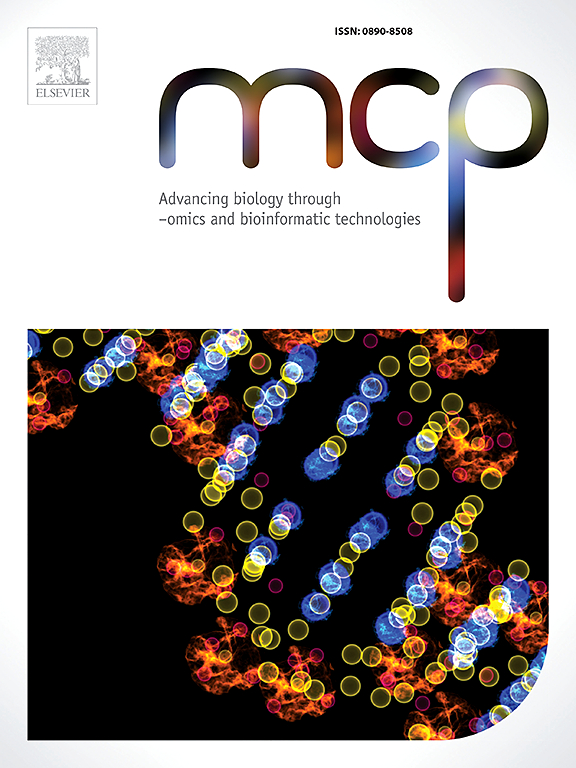非小细胞肺癌患者CD44表达的临床病理和预后价值:一项系统综述和荟萃分析
IF 3
3区 生物学
Q3 BIOCHEMICAL RESEARCH METHODS
引用次数: 0
摘要
cd44在非小细胞肺癌(NSCLC)的预后和治疗中是一个有希望的靶点。本研究通过系统回顾和荟萃分析来确定CD44过表达与NSCLC患者生存和临床病理特征之间的关系。方法采用谷歌Scholar、Web of Science、PubMed、Scopus、EMBASE、Cochrane等数据库,系统检索截至2023年9月发表的英文文献。符合条件的研究检索了CD44表达、非小细胞肺癌患者的临床病理特征和报告的生存率。采用Cochran's和Higgins I2检验来衡量纳入研究的异质性。P & lt;0.05被认为在所有病例中具有统计学意义。通过对组织学(SCC、ADC和LCC)、肿瘤分化(好、中等和差)、TMN分期(I/II/III/IV)、OS和淋巴结转移(阴性和阳性)的亚组分析,确定了纳入研究的异质性来源。所有统计分析均采用meta分析(CMA)软件进行。结果对25项符合条件的研究中3681名受试者的预后意义和临床病理特征进行了最终分析。在非小细胞肺癌中,CD44过表达的总生存率为38%,与SCC相关的总生存率为76.6%。此外,亚组分析显示CD44过表达与中度肿瘤分化之间存在联系(41.8%)。CD44过表达在男性中有显著差异,女性为69.3% (95% CI: 64.3 - 73.9%, I2 = 88.25%),女性为31.5% (95% CI: 26.7 - 36.8%, I2 = 92.15%)。然而,CD44过表达与TMN分期/淋巴结转移之间没有显著关系。结论荟萃分析表明,CD44是非小细胞肺癌的有效预后因子。CD44的过表达与中度肿瘤分化、SCC肿瘤组织学和较差的生存率有关。然而,CD44与转移或TMN分期之间没有实质性的关系。需要大规模的前瞻性研究来验证CD44作为一种公正的预后指标的临床价值。本文章由计算机程序翻译,如有差异,请以英文原文为准。
The clinicopathologic and prognostic value of CD44 expression in patients with non-small cell lung cancer: A systematic review and meta-analysis
Background
CD44 is a promising target in the prognosis and treatment of non-small cell lung cancer (NSCLC). The study deals with systematic review and meta-analysis to determine the association between CD44 overexpression and survival and clinicopathological characteristics in NSCLC patients.
Methods
We used the databases Google Scholar, Web of Science, PubMed, Scopus, EMBASE, and Cochrane to conduct a systematic search of English-language literature published up to September 2023. The eligible studies were retrieved on CD44 expression, clinicopathological characteristics in NSCLC patients, and reported survival rates. The Cochran's and Higgins I2 tests were used to measure heterogeneity across the included studies. P < 0.05 was considered statistically significant in all cases. The sources of heterogeneity across the included studies were identified using subgroup analysis on histology (SCC, ADC, and LCC), tumor differentiation (well, moderate, and poor), TMN stage (I/II/III/IV), OS, and lymph node metastasis (negative and positive). All statistical analyses were carried out using meta-analysis (CMA) software.
Results
The final analysis for prognostic significance and clinicopathological features on 3681 participants from 25 eligible studies. The pooled event rate of overexpression CD44 for overall survival in NSCLC was 38 % and was related to SCC with 76.6 %. Furthermore, subgroup analysis revealed a link between CD44 overexpression and moderate tumor differentiation (41.8 %). There was a substantial difference in CD44 overexpression in males, with 69.3 % (95 % CI: 64.3–73.9 %, I2 = 88.25 %) versus 31.5 % (95 % CI: 26.7–36.8 %, I2 = 92.15 %) in females. However, no significant relationship was observed between CD44 overexpression and TMN stages/lymph node metastasis.
Conclusion
The meta-analysis demonstrated that CD44 is an effective prognostic factor for NSCLC. Overexpression of CD44 has been linked to moderate tumor differentiation, SCC tumor histology, and a worse survival rate. However, no substantial relationship was found between CD44 and metastasis or TMN stages. Large-scale prospective research is required to validate CD44's clinical value as an unbiased prognostic indicator.
求助全文
通过发布文献求助,成功后即可免费获取论文全文。
去求助
来源期刊

Molecular and Cellular Probes
生物-生化研究方法
CiteScore
6.80
自引率
0.00%
发文量
52
审稿时长
16 days
期刊介绍:
MCP - Advancing biology through–omics and bioinformatic technologies wants to capture outcomes from the current revolution in molecular technologies and sciences. The journal has broadened its scope and embraces any high quality research papers, reviews and opinions in areas including, but not limited to, molecular biology, cell biology, biochemistry, immunology, physiology, epidemiology, ecology, virology, microbiology, parasitology, genetics, evolutionary biology, genomics (including metagenomics), bioinformatics, proteomics, metabolomics, glycomics, and lipidomics. Submissions with a technology-driven focus on understanding normal biological or disease processes as well as conceptual advances and paradigm shifts are particularly encouraged. The Editors welcome fundamental or applied research areas; pre-submission enquiries about advanced draft manuscripts are welcomed. Top quality research and manuscripts will be fast-tracked.
 求助内容:
求助内容: 应助结果提醒方式:
应助结果提醒方式:


